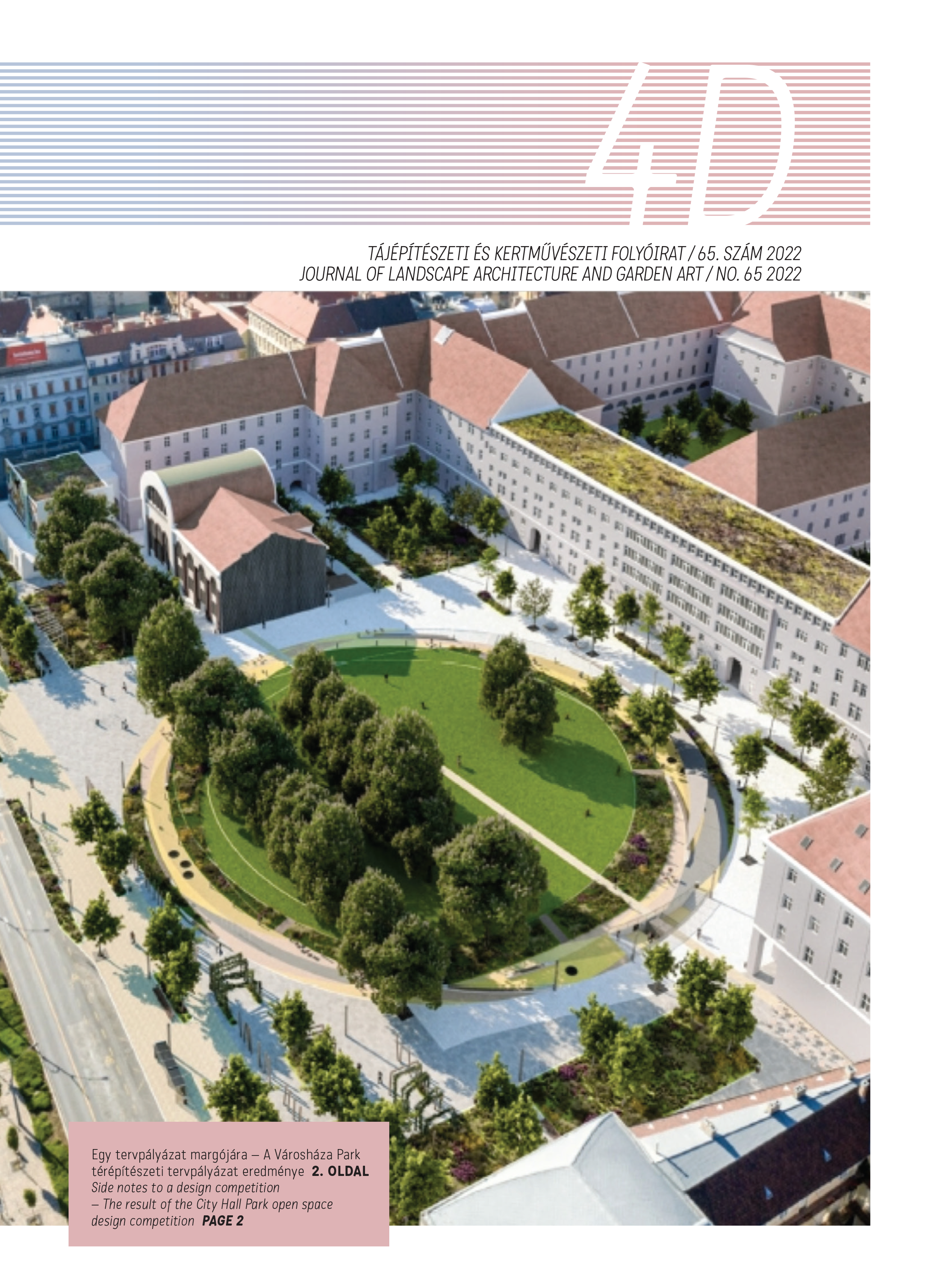The housing policy in São Paulo and its outcomes in urban landscape architecture
A case study of Parque Novo Santo Amaro V
DOI:
https://doi.org/10.36249/4d.3387Keywords:
urban planning, urban landscape, social housing, urban green infrastructure, Brazilian architectureAbstract
This article aims to clarify the consequences of the current housing policies in São Paulo on the architectural and urban landscape production, especially in the context of sustainable development guidelines and environmental regulations that have driven urban requalification in terms of ecological and landscape betterment. Historically, the housing deficit and the strategic policies performed in this field significantly impact the country'squality of life and the variation of social inequality. The analytical methodology compares traditional housing development strategies and the unconventional solutions found in the case study of Parque Novo Santo Amaro V, designed by VIGLIECCA&ASSOCIADOS, unfolding the main aspects of this intervention for landscape architecture management and the living conditions in a poor Brazilian community. This project is an outcome of new public housing and environmental measures aligned in favor of urban and social development of run-down areas of the city. The conception of this analysis is guided by the comprehension that the city is – especially in a South American context – a complex combination of layers, with its conflicts, fragments, unresolved contradictions, and oppositions. As preliminary results, it was identified that the innovative solutions implemented at Parque Santo Amaro V in São Paulo proved to be efficient in integrating the territory into the urban macro fabric of the city, addressing a comprehensive solution to the housing deficit and serious environmental problems.
Downloads
Published
Issue
Section
License
Copyright (c) 2022 Dantas Gabriel Silva, Báthoryné Ildikó Réka Nagy, Bárbara Mylena Delgado Da Silva

This work is licensed under a Creative Commons Attribution-NonCommercial-NoDerivatives 4.0 International License.
A folyóirat Open Access (Gold). Cikkeire a Creative Commons 4.0 standard licenc alábbi típusa vonatkozik: CC-BY-NC-ND-4.0. Ennek értelmében a mű szabadon másolható, terjeszthető, bemutatható és előadható, azonban nem használható fel kereskedelmi célokra (NC), továbbá nem módosítható és nem készíthető belőle átdolgozás, származékos mű (ND). A licenc alapján a szerző vagy a jogosult által meghatározott módon fel kell tüntetni a szerző nevét és a szerzői mű címét (BY).



